“Make sure you get that cinch pulled tight!” Maddy’s teeth clenched and her chin set as she pulled the latigo as snug as she could. Her colt stood quietly next to her as she wordlessly struggled with the cinch, trying her best to get it done up right. I could tell she was nervous, though Maddy is stoic and doesn’t often let on when she’s not sure about a situation. I am sure I wasn’t helping calm her nerves; the second Maddy pulled her saddle off the fence to saddle Flint for the first time, I began barking instructions at her.
“Get your cinch adjusted properly first or you’ll have to fix it once the saddle is on him.”
“Lead him away from the fence and saddle him in the middle of the corral where he won’t get hung up on anything.”
“Make sure you keep that lead rope in your hands so you can help him out if he gets nervous.”
“Don’t you whack him with your stirrup when you throw your saddle on!”
“Be ready to give him some support if he gets scared and blows up!”
“Go fast but smooth at the same time.”
And so on.
Maddy is the youngest of us seven sisters, ten years younger than I. She is a good rider and is no stranger to putting miles on green horses. She grew up on horseback while helping work cattle around the ranch, but colt starting is new to her. Flint is her first she has started from the ground up. He is a quiet-minded bay roan gelding, solidly built with a big soft eye. If anything, he is a little on the dull and lazy side and Maddy has her work cut out for her to develop some responsiveness and try in him. He rarely gets bothered and generally prefers to stand still rather than blow up and buck or run. Perfect for Maddy’s first attempt at starting a colt.
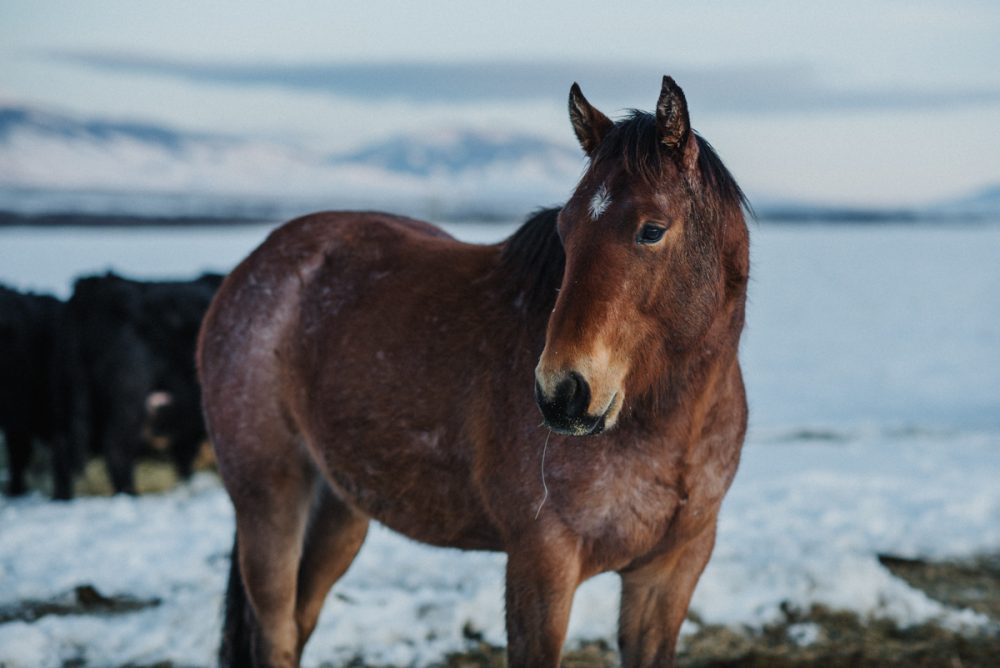
Maddy has done all the work herself while I have looked on and offered pointers when needed. I certainly don’t claim to know everything about starting colts or horsemanship in general, so helping Maddy with Flint has been a great learning experience for me too. Having to demonstrate techniques or get creative when explaining them has given me a lot of insight into how the mind of a horse works and how certain concepts inform a lot of what we do with horses. Though horsemanship seems complex at first glance, as my timing and feel have improved slowly over time, I am realizing that it is quite simple.
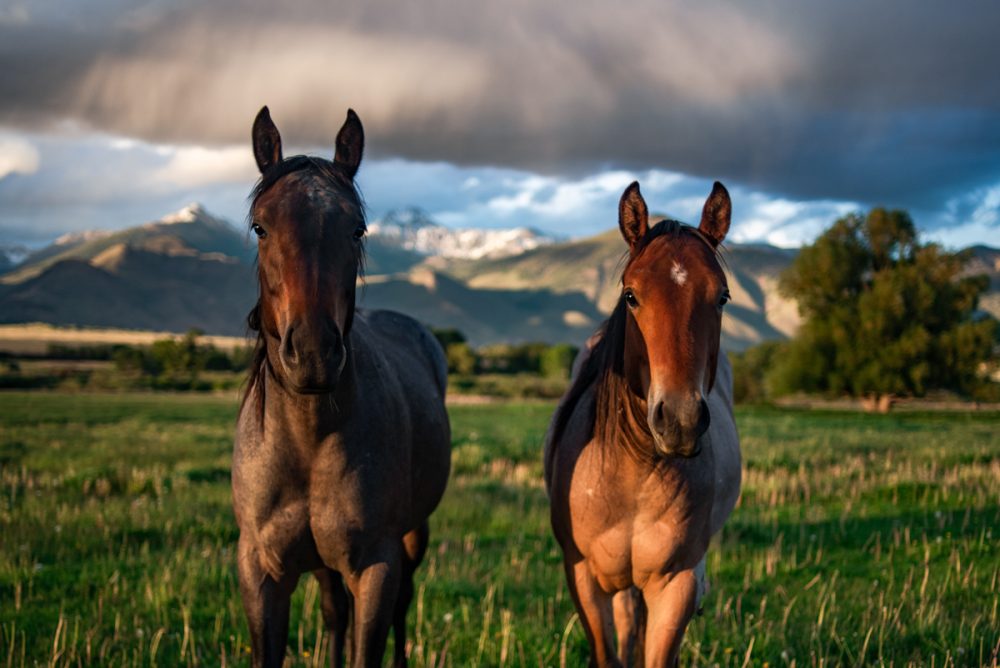
Working through this process with Maddy brings me back to the first colt I started from scratch, more than 10 years ago. I remember the first time that I saw Robin like it was yesterday; she was out in the pasture with the rest of the horses belonging to a nearby rancher (actually, the same gentleman we purchased Flint and my filly, Spark, from) and she had just raised her head from a drink out of an irrigation ditch. Our rancher friend pointed to her and said, “that’s the one.”
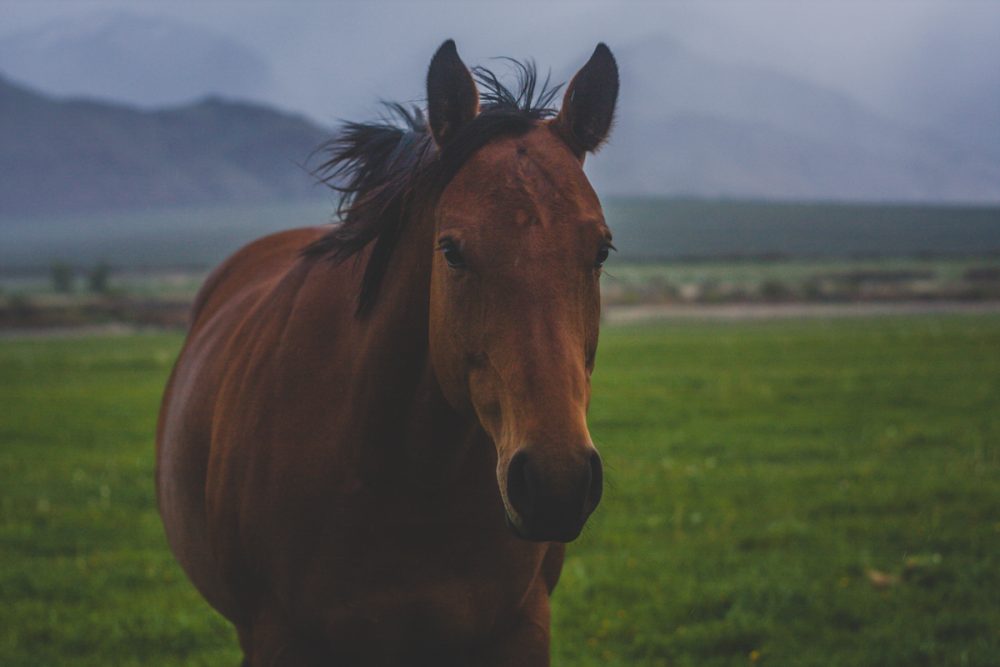
I was a bit disappointed, to tell the truth. I was at the age when I wanted a fancy-looking horse. Maybe a buckskin or palomino. When our friend said he had a three-year-old filly he would sell us, I didn’t expect the mare drinking out of the ditch. Sure, she was well built. She had a pretty little head set into a nicely set neck, which gave way to good withers and a short back. She was medium-sized, with good bone and hard black feet. But she was bay. Plain bay, without a speck of white on her. I swallowed my disappointment, recognizing her good qualities, and paid the very fair asking price.
I didn’t realize what I was in for when I signed up to start an untouched three-year-old. She hadn’t been halter broke and I don’t know if our rancher friend had ever gotten a hand on her. He never had a reason to. Not to say that his stock was known to be particularly wild; his horses gentled down quickly with some handling by an experienced colt starter. But experienced I was not.
Like Maddy, I grew up riding a broke horse while working cattle with my dad, and therefore I had picked up on some basics of pressure and release. I also had a good seat in the saddle from the thousands of hours I had spent there. Beyond that, I was clueless when it came to starting colts. I was more aware of it than ever when we unloaded the wide-eyed, snorty mare from the stock trailer, where she we’d run her in loose for the short ride over to our ranch.
Knowing I was in over my head, I began devouring any kind of information I could find. Buck Brannaman books and John Lyons DVDs were checked out from the library. Used Ray Hunt and Tom Dorrance books were purchased on eBay. I watched the DVDs many times over, rewinding and watching certain portions again when the methods made no sense to me. I read the books from cover to cover, underlining passages and writing notes in the margins in the ones that I owned. Then, more confused than ever and armed with a new flag and a rope halter, I went about trying to get my hands on the filly.
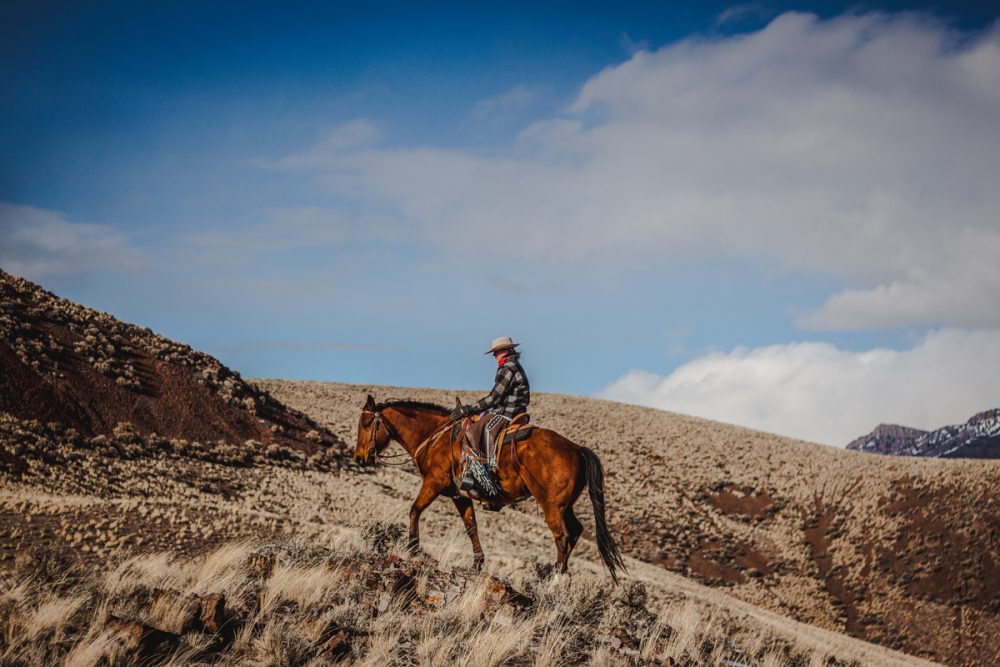
To her credit, she always wanted to do the right thing by me. She was practically a wild animal, but she never offered to kick me when I inevitably ended up in a compromised position as she turned to flee from my subpar advance and retreat techniques. It was an exciting moment when I finally was able to lay my hand on her neck, though it would be a long road until I finally got her to the point of being ready for a saddle and then a first ride.
It was November and several months since I had first started my colt starting experiment. I had a few rides on Robin, but I had been doing what they call “stealing rides.” I would get on her, get her to walk around the round pen, maybe trot a few steps, and then get off, never rocking the boat or asking for a whole lot of her. All the while, my legs would be shaking uncontrollably, my heart would be pounding, and I would feel fear deep in the pit of my stomach. I knew enough to know I had no idea what I was doing, and that was a fearsome thought.
In my mind, the next logical step, now that I had some rides on her in the round pen, was to get her outside for a ride. My dad volunteered to go with me on one of our most dependable horses at the time, the grumpy yet totally solid Shippy. I remember the day well because I was so afraid leading up to that ride outside that I was almost making myself sick. Just the act of getting outside to saddle Robin and get on her for a few laps around the round pen (at a walk, of course!) was torturous, because I knew that if she checked out and seemed pretty calm, I would have to ride her out.
To ameliorate some of my nerves, Dad dallied Robin to the saddle horn when we got out of the round pen and we made our way out to one of the big pastures. It was a cold day and a windy one at that. The dry grass along our driveway rustled and Robin skittered sideways like a leaf fallen from one of the nearby crack willows. But she hit the end of the lead rope and recoiled back towards Shippy, bumping against the older mare’s shoulder, and finding some measure of comfort in Shippy’s air of absolute ambivalence.
It was really when we hit open pasture that things started to unravel. Robin’s head came up and her nostrils flared, but it was that exact moment that Dad (or maybe Shippy the world will never know) decided to hit a long trot out across the brown pasture in between pivot tracks. Robin also sped up, but I could feel her nervousness in every muscle beneath me, taut and ready to react to the slightest stimulus. I’ll never know exactly what precipitated it, but suddenly Robin gathered herself, bucked a few jumps around Shippy, and then took off. Dad tried to hold firm on the end of the lead rope, but Robin was beyond negotiations. Sensing that it would be safer for Robin and me to sort this out on our own, Dad popped his dallies and I took off on my mare, who felt like every bit of the wild animal she had been when I’d first gotten her.
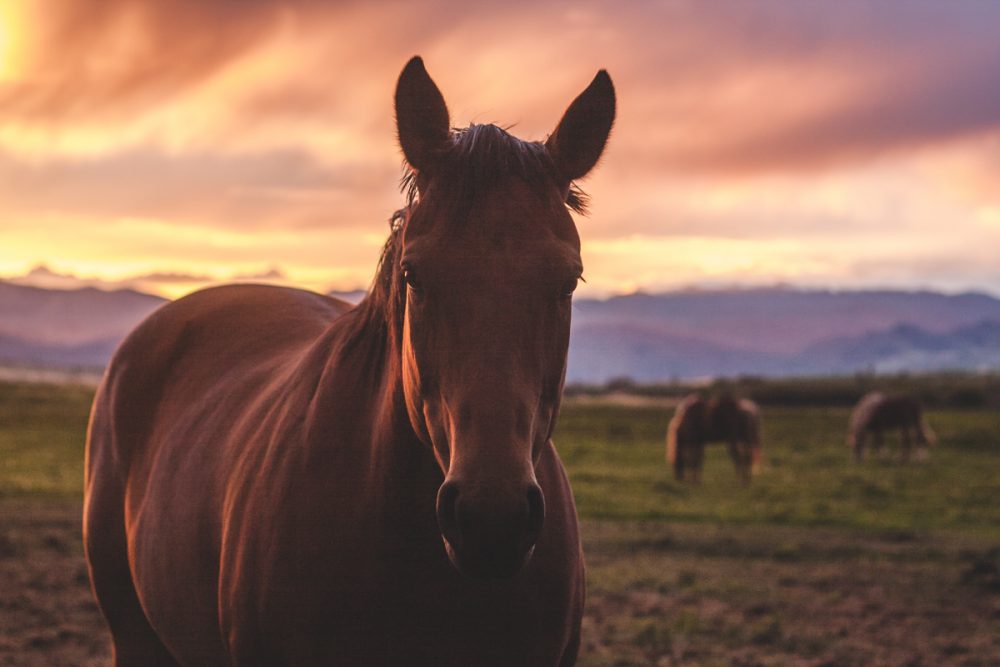
The wind whipped my hair and drew tears to my eyes (or maybe I was crying as I prepared for inevitable doom) as Robin tore across the pasture. As we went, I could hear my dad yelling some instructions, but I couldn’t comprehend his words. I could almost smell Robin’s fear, comingled with my own. At that moment, I also felt regret for not better preparing her for this moment. For failing her.
As she ran, time seemed to slow down, and I recalled something else. A bit of knowledge I had gleaned not from my many books and DVDs, valuable though they were, but from the stubborn old gelding I grew up riding. His name was Gus and he loved to run, especially in the direction of home. He took off on me many times, bound for home with me simply along for the ride, seemingly powerless. One time, he stopped just short of a barbwire fence and I kept going, barely missing the sharp barbs as I landed on the ground before him.
But there was a tipping point, as there are with many scenarios. My dad gave me some valuable advice and that was to shorten up one rein and guide old Gus in a large circle. When pulling on both reins only made Gus run faster, he still followed the feel of that one rein and would eventually spiral down to a stop. I’ll never forget the first time I successfully stopped him on my own; once the adrenaline drained out through the tips of my fingers and toes, I was proud.
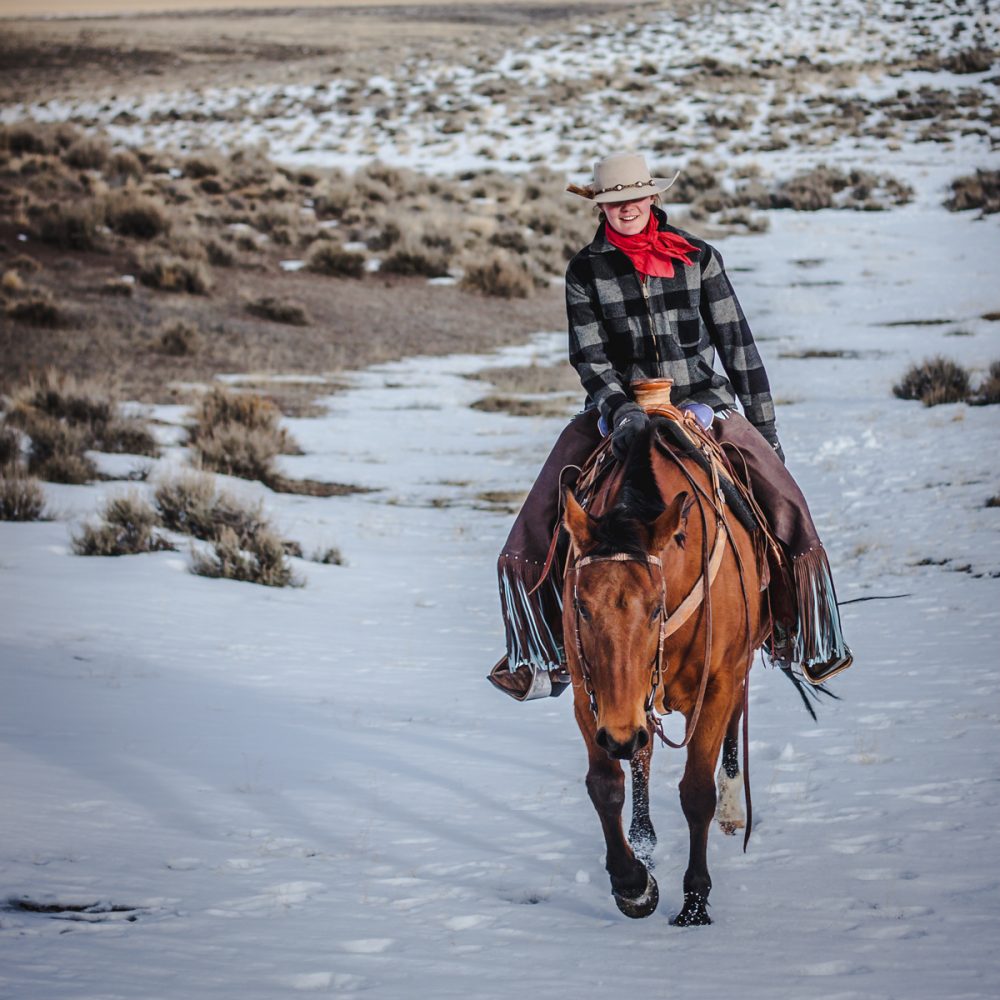
And it was now, racing across the pasture on a terrified bay filly, that I remembered that technique that changed my relationship with Gus so many years before. I shorted up one rein a bit (not too much; I didn’t want her to fall with me as she ran) and waited. To my surprise, she followed that rein and her blind dash across the field began to slow. I saw her flick an ear back towards me as she realized that I was still with her. Eventually, she broke down to a trot, then a walk, and then stopped altogether, head bent around toward me. I reached a hand down to pet her forehead as Dad rode up to me.
He was laughing. Of course.
I was still too scared to smile back, but I did heave a deep sigh as I bent the mare the other way. It took a minute or two, but when I felt she was listening and with me, we continued our ride. She started a few more times, but never took off again.
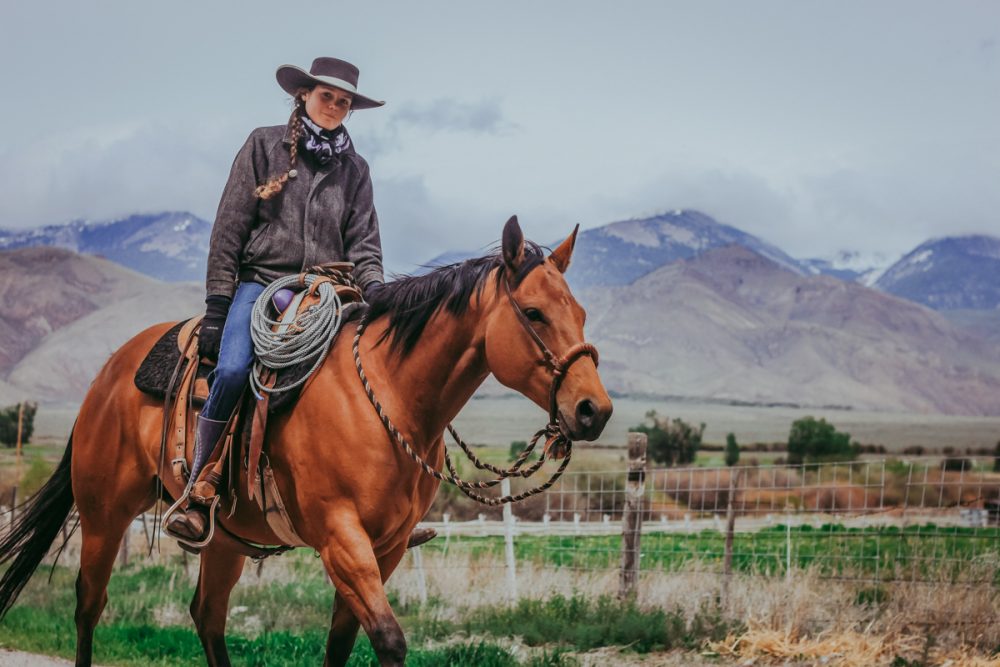
I have since started more colts, each coming along a little more smoothly than the one before. The process never really gets easier, because new lessons are learned, and new techniques must be mastered to fit with the needs of a particular colt. But I now approach horses with much less fear and with more of a desire to help them succeed and to bring out the best in them.
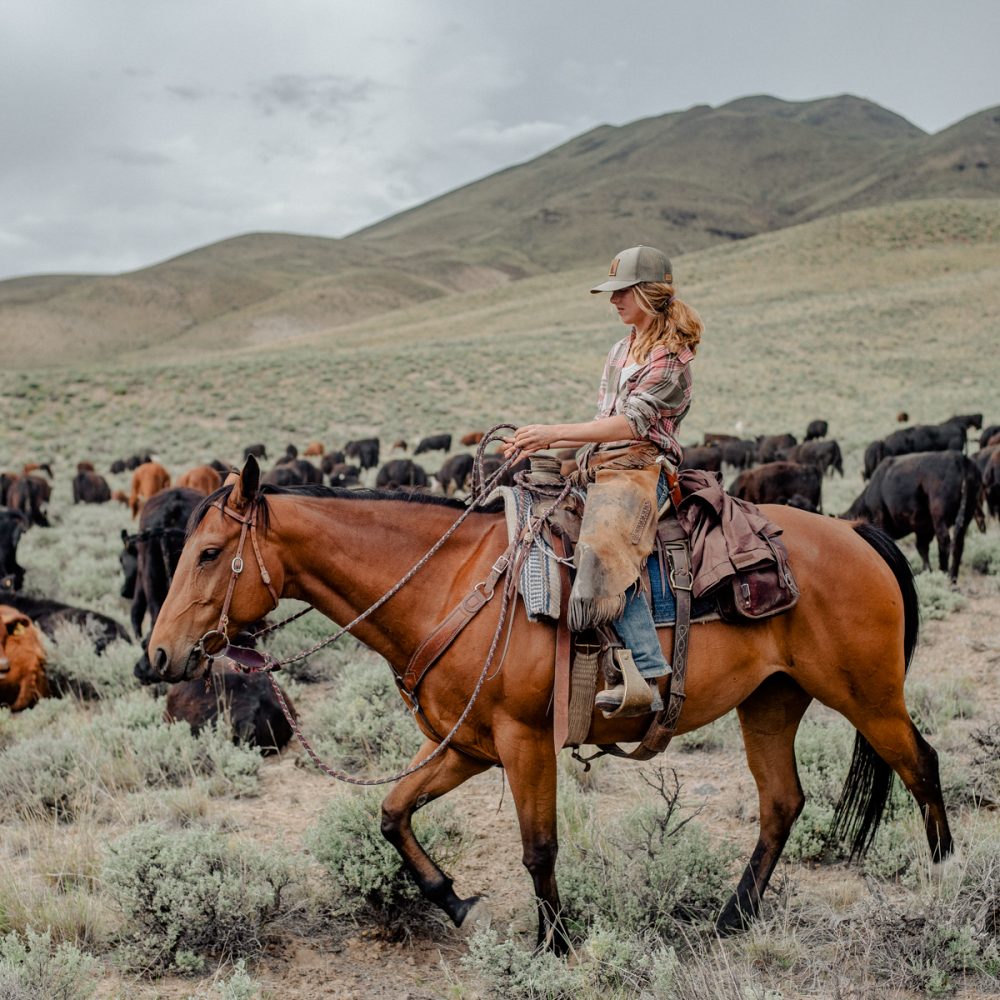
Working with Maddy has been so rewarding because I see something of myself in her. She is more confident than I ever was at her age, but I see her apprehension when she tries to master a new technique and I am proud of her determination while taking on the challenge of learning something new. Being able to help her avoid making the same mistakes I did with my first colt is like coming full circle and making some of those wrongs right.
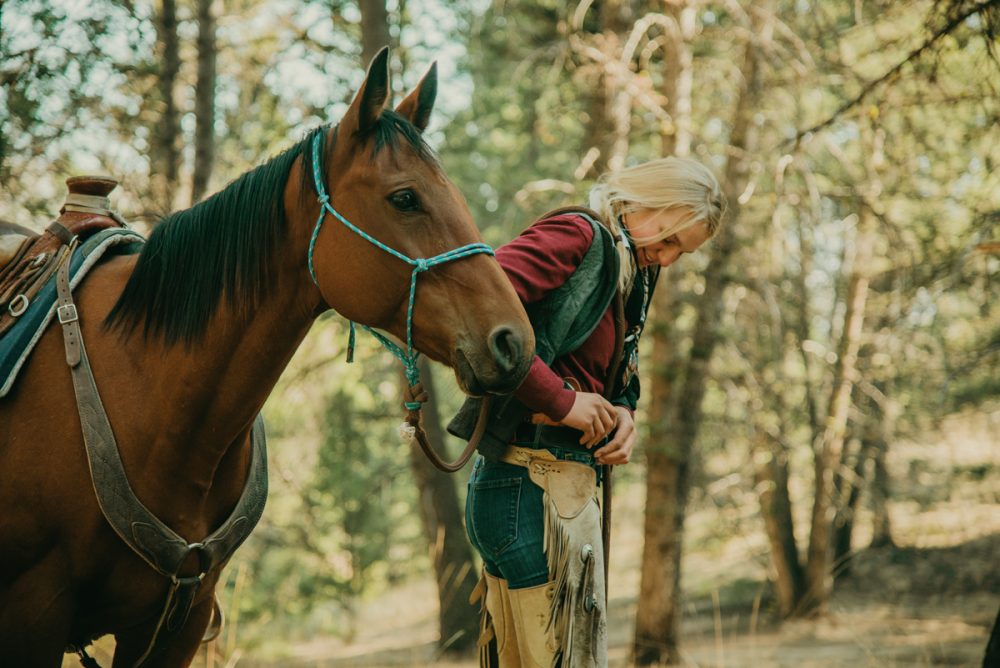
As for Robin? She made a horse despite my blunders. She is not the most sensitive or the most responsive horse we have, but she trusts people and tries hard. She has some quirks, but nothing that makes her dangerous or undependable. As I have had my hands full with other green horses, she has been put in the ranch horse string and has been a solid mount for our interns, carrying them miles across the range every summer and giving them the opportunity to begin the journey of horsemanship.
Happy trails,
Melanie
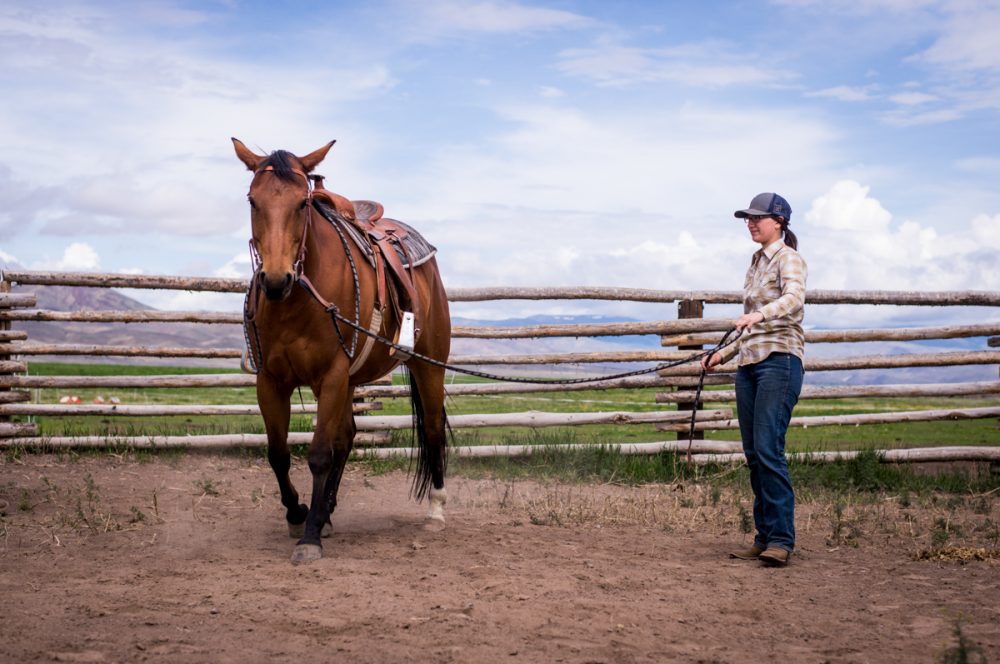
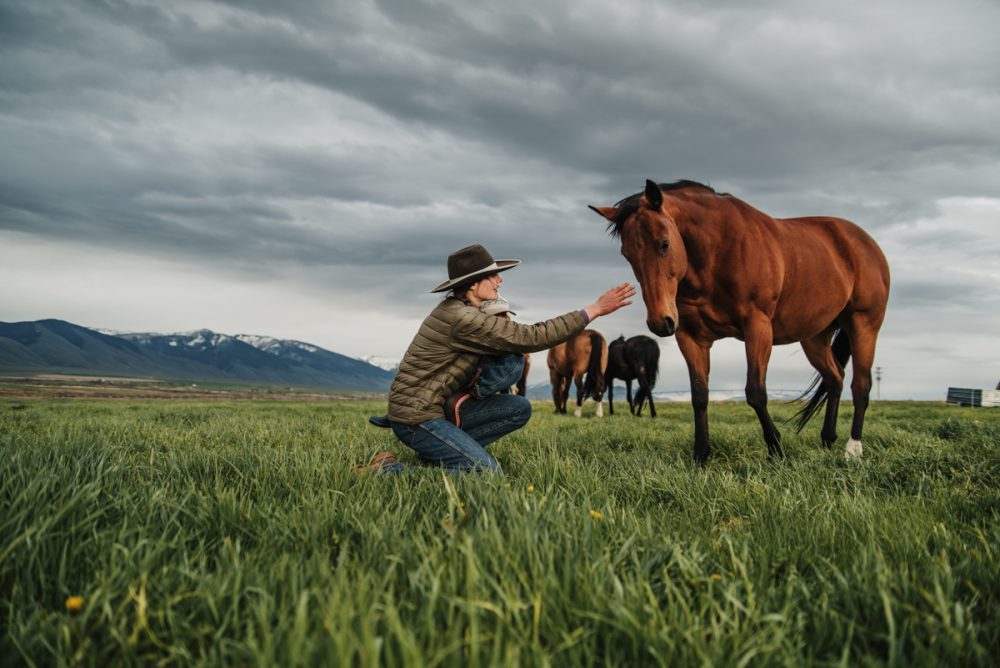

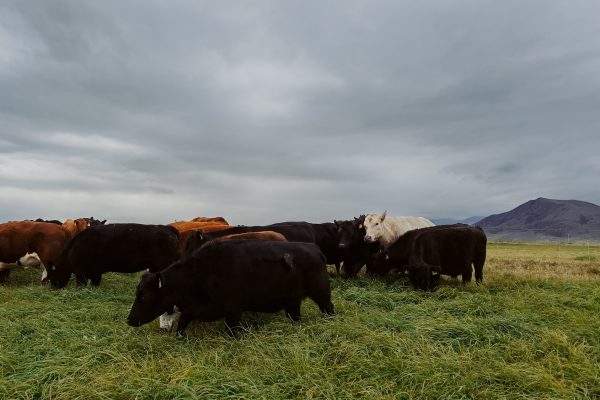
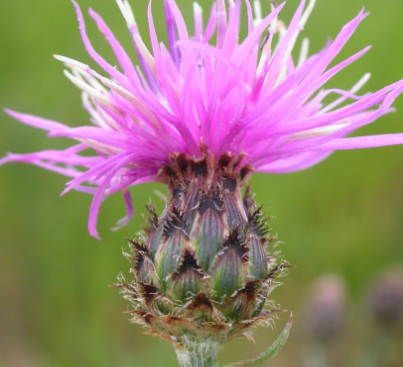
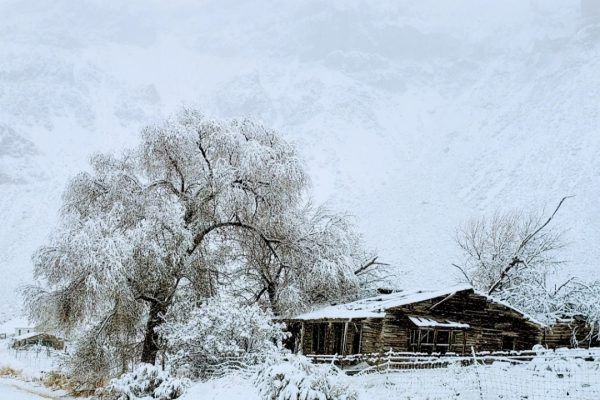


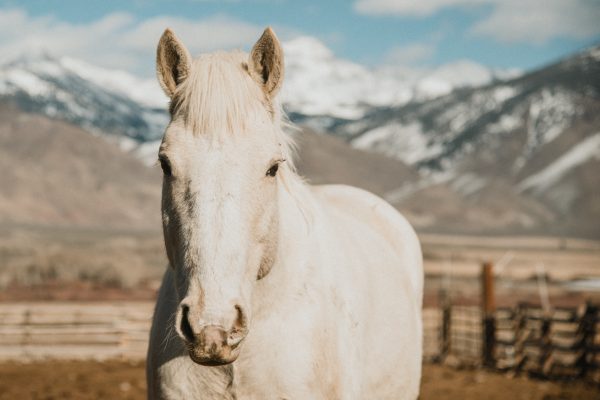
Joe Stowell
I enjoy the essays very much. They are interesting and informative. I would like to know how the winter hay is harvested that is fed to your livestock. Where is it cut, cured, baled and stored for the winter season?
Caryl Elzinga
Joe,
Thank you for reading our stories!
In terms of our hay, we raise most of it on our ranch and source the remainder from a friend in the next valley over who has certified his land as organic with the USDA as well. We have the hay we raise custom cut by a local guy so we don’t have to own and maintain our own hay equipment. We harvest one or two crops per summer off of our center pivots on the home ranch. The hay is baled in 1-ton bales once it has cured and we stack them in our haystack enclosure. We don’t have a hay shed and we don’t cover our stacks, simply because we get so little rain! Even the top bales are little impacted by being exposed to the elements. We’re very much high desert, hence we are only able to get 2 hay crops at most and not the 3 or 4 you’ll see in other parts of the country with longer growing seasons and more rain.
Hope that helps and thank you for the great question!
Melanie
Natalie Blasco
Nice stories, as always.
Reminds me of my former horse-riding days several decades ago.
Of going over a jump without my horse, just so I could show her what she was meant to do instead of stopping just before the jump;
of taking my teenage niece riding only to have her horse run away with her when it got scared of something seemingly insignificant… from my perspective;
of having my horse jump out of the dressage arena and climb over the bleachers with me still on his back, and then hearing my teacher yell, “Get that horse back here and get off of him!”;
and of all of the lovely time spent on horseback and in their company.
Caryl Elzinga
Natalie,
Thanks so much for the kind words, for taking the time to read my ramblings, and for sharing your own stories! The one about your horse climbing over the bleachers in particular paints quite an amazing picture in my mind. That must have been a crazy experience!
-Melanie